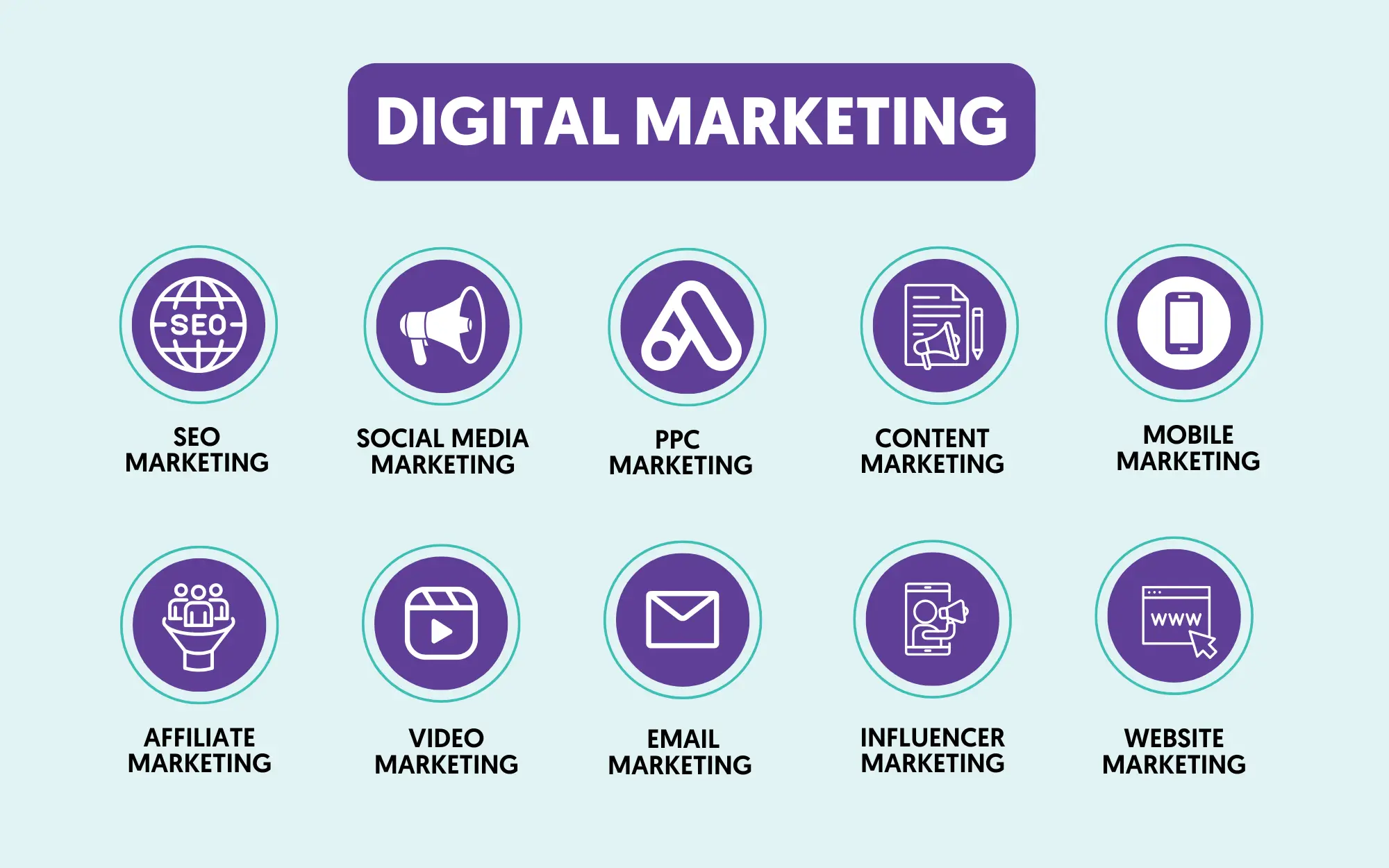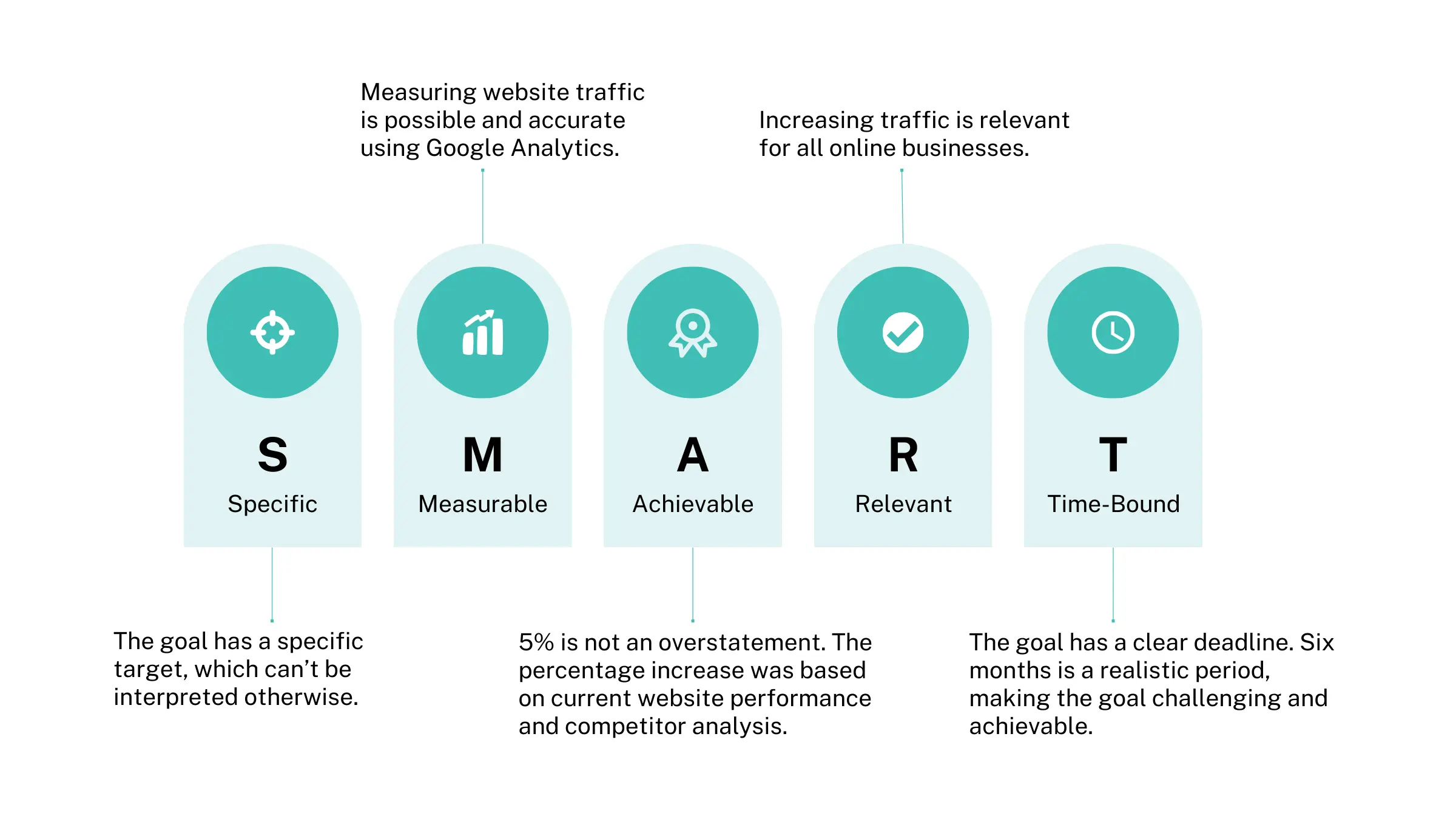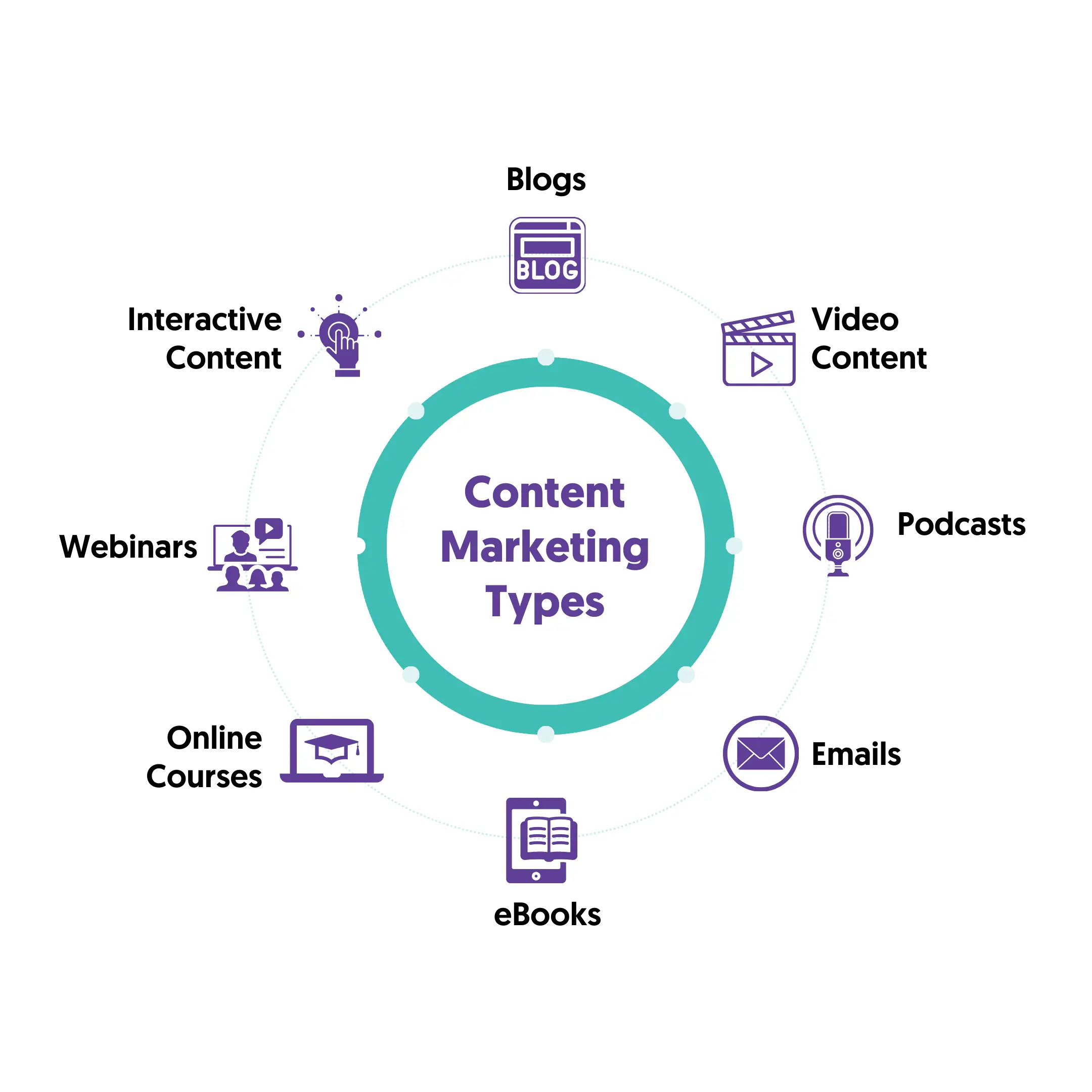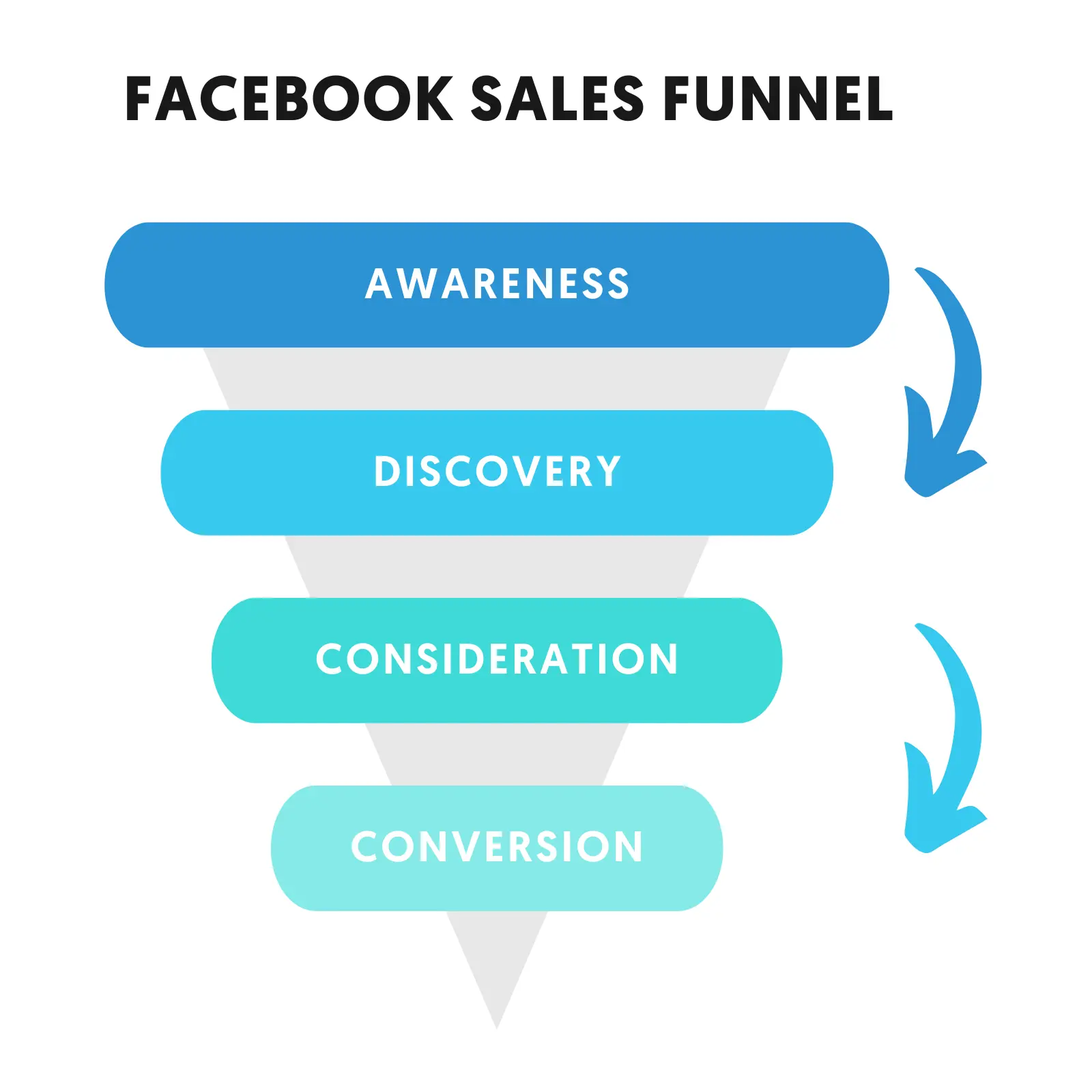Digital Marketing is one of the most frequently mentioned buzzwords in marketing. Everyone is talking about it, and professionals praise it as a way to grow an online business.
We've been in the digital marketing business for over 15 years, and this introductory guide will help you understand what digital marketing is and how it works.
We will analyze the various marketing channels, examine the different types of digital marketing, and show you examples of how they can work together in a digital marketing strategy.
So, if you're new to digital marketing and looking for a simple, easy-to-understand definition, this is the perfect guide for you.
What Is Digital Marketing?
Digital marketing (also called online marketing) is the process of promoting and selling products or services using online channels like search engines, social media networks, websites, and email. It helps you reach your target audience, connect with potential customers, and build trust in your brand.

Digital marketing has several types, the most important of which are website marketing, search engine optimization (SEO), content marketing, PPC advertising, social media marketing, email marketing, video marketing, and affiliate marketing.
Why Is Digital Marketing Important?
Digital marketing helps you get your business and offerings in front of more people. Whether you run a local shop or sell online, it increases your visibility so potential customers can find you easily.
Using targeted advertising, you can show your ads to the right people without wasting your budget and get better results.
It’s also more affordable than traditional marketing methods like TV or billboard ads. You can start with a small budget and still reach thousands of people.
When running campaigns, you can see exactly how many people clicked your ad, visited your website, or bought something, so you know what’s working and what’s not.
One of the best parts is that it helps you build stronger customer relationships. You can keep in touch with your customers through social media, email, and your website and answer their questions through helpful content.
Plus, marketing analytics allows you to learn what your audience wants and improve your marketing over time. This gives even small businesses a real chance to compete with bigger brands and grow online.
How Does Digital Marketing Work?
The way digital marketing works is simple.
First, you need to specify SMART digital marketing goals, i.e., what you want to achieve with digital marketing. Some common examples are increasing brand awareness, making more sales, or growing your community.

Then, you need to decide which marketing channels can help you achieve your goals. For example, if your goal is to increase sales, running paid campaigns on Google and Facebook is a good starting point.
To make the whole process easier to manage, you can create a plan specifying how much money you'll spend, define your target audience, define your performance metrics, and other information that will help you control the process.
This is what a digital marketing strategy is all about. Don't worry if it's confusing now. A more detailed example is provided toward the end of this post.
Digital Marketing Types
Before creating your first digital marketing campaign, you need to know the different types of digital marketing and how they work.
Website Marketing
Your website is the center of your digital marketing efforts. It’s not just a place to show your products or services. It’s where most of your online marketing leads people to.
Whether running ads, posting on social media, or sending emails, the goal is often to bring visitors back to your website.
That’s why your website needs to make a great first impression. It should clearly show what your brand is about, be easy to navigate, load quickly, and work well on mobile devices.
Search Engine Optimization (SEO)
Search engine optimization, or SEO, is the process of making your website more visible in search engines like Google. When people search for something related to your business, you want your website to show up as high as possible in the search results.
The higher you rank, the more chances you have to get free, organic traffic from people who are already interested in what you offer.

SEO has several sub-processes. The main ones are:
- Technical SEO - Ensures search engines can easily crawl and index your website.
- On-Page SEO - is about optimizing your content. This means using the right keywords, writing clear titles and descriptions, and organizing your content so that users and search engines can understand it.
- Off-Page SEO - refers to actions taken outside of your website to improve its trust and authority, mainly by obtaining links and mentions from other trusted websites.
Pay-Per-Click (PPC) Advertising
PPC marketing is a way to show paid ads to people online. With PPC, you only pay when someone clicks on your ad, hence the name “pay per click.”
You can run PPC ads on platforms like Google, Bing, Facebook, Instagram, LinkedIn, X (Twitter), Pinterest, and TikTok. These platforms let you target specific audiences based on things like age, gender, location, and interests.
This helps you show your ads to the right people—those most likely to be interested in your products or services.
The most popular PPC platforms are Google Ads and Facebook Ads. PPC is a great way to get quick results and drive traffic to your website, especially if you’re starting out or promoting something specific.
PPC works well alongside SEO. Together, they form Search Engine Marketing (SEM), a combination of paid and organic strategies to increase visibility in search engines.
Content Marketing
Content marketing is about using helpful and valuable content to attract and connect with your target audience. In the digital world, content comes in many forms like blog posts, videos, images, podcasts, and more.

The main goal is to reach potential customers by answering their questions, solving their problems, or simply giving them something useful or interesting. This content is usually published on your website and then shared through social media, email, search engines, or even paid ads.
Unlike just running a blog, a content marketing campaign has a clear plan. You decide what content to create, who it’s for, when to publish it, and how you’ll measure its success. It’s not just about writing articles—it’s about using content strategically to grow your business.
Email Marketing
Despite the increased use of social media networks, email marketing is still one of the most effective digital marketing channels.
Many people confuse email marketing with the hundreds of spam email messages we all receive per day, but that’s not what email marketing is all about.
Email marketing is the medium to get in touch with your potential customers or people interested in your brand. This entails that these people want to hear from you, and you are not hijacking their inbox.
In fact, many successful online businesses and marketers use all other digital marketing channels to add leads to their email lists, and then, through email marketing, they create several funnels to turn those leads into customers.
Social Media Marketing
Social media marketing involves reaching people on various social networks through content marketing campaigns (postings), paid ads, or both.
The primary goal of a social media marketing campaign is brand awareness and establishing social trust, but as you explore social media marketing further, you can use it to generate leads or even as a direct sales channel.
Take, for example, Facebook. Facebook sales funnel consists of 4 major steps.

The top of the funnel is awareness. This is the stage where you can use Facebook ads to introduce your brand to Facebook users. Your goal at this stage is to get your ad in front of as many people as possible and gain new followers.
The second step is discovery. During this stage, you can start engaging with your audience by answering their questions on Messenger or email and providing value through your blog posts and FB postings.
The third step is consideration. At this stage, your goal is to get people interested in your brand, pass them through the middle of the funnel, and get them to visit your website, engage with your content, install your app, send you a message, etc.
The fourth step is conversion. This is the final step, where you try to convince people who enter your funnel to convert. A conversion can be anything valuable for your business, like selling a product or service or visiting your store.
Affiliate Marketing
Affiliate marketing is one of the oldest forms of marketing, and it has grown considerably with the rise of Internet usage.
With affiliate marketing, you promote other people’s products and earn a commission every time you make a sale or introduce a lead.
Many well-known companies, like Amazon, have affiliate programs that pay millions monthly to websites that sell their products.
When designing your digital marketing strategy, you should include affiliate marketing to engage people with your brand and encourage them to sell your products for a commission.
In other words, when you have a product or service to promote online, you should consider setting up an affiliate program where people can sign up and find resources and material they can use to promote your products online.
They will get a commission as a reward, but there are many benefits for you as a provider.
Your affiliates can drive more sales, become the best representatives of your brand, and positively influence other people to buy from or connect with your company.
Mobile Marketing
Mobile marketing is the practice of reaching people through their smartphones and tablets, mainly by promoting mobile apps. This usually happens through app stores like Google Play, the Apple App Store, or the Amazon Appstore, where millions of users browse and download apps daily.
With mobile marketing, you aim to get more people to discover, download, and use your app. You can do this through paid ads in the app stores, in-app promotions, or even ads in other apps (known as cross-app advertising). This helps your app stand out in a very crowded space.
It’s important to understand that mobile marketing is not the same as making your website mobile-friendly. A mobile-friendly website is an essential requirement. If your site doesn’t work well on mobile, it could hurt your search rankings and user experience.
Mobile marketing focuses on building and promoting a mobile app that offers value to users. Once your app is live in the app store, mobile marketing helps you attract downloads, encourage engagement, and keep users coming back.
Video Marketing
Video marketing involves using videos to promote your business, explain your products, or connect with your audience. It’s become one of the most powerful tools in digital marketing and is growing fast.
YouTube is the second largest search engine after Google. People use it to learn new things, watch product reviews, or just be entertained. That makes it a great place to reach potential customers, especially when they’re researching before making a purchase.
But YouTube isn’t the only option. You can also share videos on platforms like Facebook, Instagram, TikTok, and Vimeo to reach different audiences.
The best way to use video marketing is to make it part of your bigger strategy. Add videos to your blog posts, share them on social media, and use them to boost your SEO. For example, a short product demo or tutorial can increase trust and keep people on your website longer.
While creating videos can be expensive, using them alongside your other campaigns makes the investment worthwhile. It helps you explain complex ideas easily, build trust, and engage your audience in a way that text alone often can’t.
Influencer Marketing
Influencer marketing involves promoting your products or services through people with a strong online following, usually on platforms like Instagram, YouTube, TikTok, or blogs. These influencers already have the trust and attention of their audience, so when they recommend something, people are more likely to listen and take action.
This type of marketing works well because it’s based on real connections. Instead of showing a traditional ad, the influencer shares your brand more naturally, like through a product review, a how-to video, or a simple mention in a post.
It’s beneficial for reaching specific groups of people who match your ideal customer. Whether a small business or a growing brand, teaming up with the right influencers can help you build awareness, increase trust, and boost sales.
How To Create A Digital Marketing Strategy?
A digital marketing strategy is a detailed plan for utilizing the different digital marketing channels to achieve your business goals.
When designing a digital marketing strategy, you need to consider which channels to use, the resources (people, time, and money) to assign to each channel, and what to expect in terms of results.
A common mistake many digital marketing managers or small business owners make is that they try to execute everything at once, and at the end of the day, they get no results.
Either because they don’t have the necessary expertise to run digital marketing campaigns or because they spend their budgets on channels unsuitable for their business.
Example of a Digital Marketing Strategy
Although every digital marketing strategy is unique and based on a business's specific needs and goals, you can read below an example to help you understand how all marketing channels can work towards a common goal.
Digital Marketing Strategy for a company selling digital products (online courses, ebooks, etc.).
Step 1: Create A Website
The first step is to create a fast and mobile-friendly website. The website should have several landing pages (sales pages) to present the company and its products.
Step 2: SEO
The next step is to perform an SEO Audit and identify which areas need to be optimized for SEO. Technical SEO should be tackled first, followed by On-Page SEO, and last Off-Page SEO.
Step 3: Content Marketing
Based on the results of thorough keyword research and findings of the SEO Audit, you should create a content marketing plan that will include:
- What kind of content to create for the website (text and videos)
- When to publish it (publishing calendar)
- How to promote it (can include social media channels, email, and PPC campaigns).
Step 4: Social Media Marketing
Utilize all social media marketing campaigns to promote brand awareness and sales. Identify which social media channels are suitable for marketing your business (based on customer profiling) and create a schedule for publishing content on those networks.
At the same time, start creating lists of influencers and other people who are most likely to be interested in your products or share your content on social media.
Step 5: Email Marketing
Build an email list using several CTA areas on your website and social media channels.
Your initial goal is to get people to sign up for your newsletter, download free material, or register for free trials.
Create several email marketing funnels to ‘push’ your subscribers from the awareness stage to the conversion stage.
Step 6: Pay-Per-Click Advertising
In parallel to the above activities, set up an AdWords Campaign to target people searching for product-related keywords on Google and remarketing campaigns on Facebook to go after users that visited your website but did not convert.
Step 7: Video Marketing
Part of step 3 above is to identify which topics/keywords you can create video content for. Publish your videos on a dedicated YouTube channel, on Facebook, Instagram, and any other platforms you are targeting in your campaigns.
Create a blog post for each video on your website and embed the video with text content.
Step 8: Mobile Marketing
Consider creating a mobile app that users can download from the App Store. The app should include your latest news and ways for people to access your courses.
Step 9: Measure and Analyze the Results
Ensure that Google Analytics is installed and configured correctly so that you can accurately measure the effectiveness of the above campaigns.
Create an Excel sheet and add details about each campaign's cost, number of visits, conversions, people reached, etc.
The above is just a summary of what your digital marketing strategy should include. If you are a small business with limited resources, it’s expected that you won’t be able to execute the whole plan from the very beginning.
You should follow a step-by-step approach, starting with your website, SEO, and content marketing.
Once you have these in place for several months, you will gradually experience an increase in traffic and revenue, and then you can add the other tools to the mix.
Get Started With Digital Marketing
If you’re new to digital marketing, the best way to begin is by following a roadmap and building your skills step by step. Here’s a simple plan to help you get started:
1. Learn the Fundamentals
Start by understanding what digital marketing is and how it works. Watch the video below for a quick overview that breaks it down in simple terms.
In this video, you'll learn about digital marketing, how it works, and how to create successful campaigns.
2. Explore Career Options
If you’re thinking about turning digital marketing into a career, check out this guide on how to start a career in digital marketing. It walks you through the skills you need and the steps to take.
3. Take a Course
To build your knowledge faster, consider joining a training program. This list of the best digital marketing courses includes options for beginners and more advanced learners.
4. Earn a Certification
Getting certified is a smart move if you want to boost your credibility and job prospects. Here’s a list of top digital marketing certificate programs you can join online.
Digital marketing is a fast-growing field with lots of opportunities. With the right training and consistent practice, you can build real skills and create exciting possibilities for your business or career.



